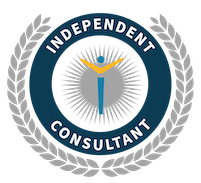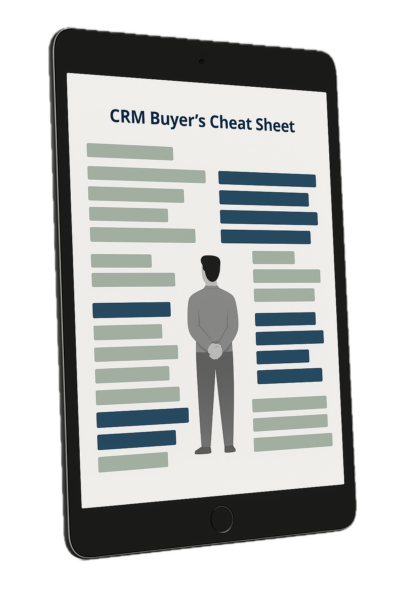 Over the years, many vendors have developed vertical market software applications — applications designed from the ground up for a specific industries. Contact management and CRM applications have been created for real estate, investment banking, wealth management, consumer banking, pharma, semi-conductor manufacturing, non-profits and a variety of other vertical markets.
Over the years, many vendors have developed vertical market software applications — applications designed from the ground up for a specific industries. Contact management and CRM applications have been created for real estate, investment banking, wealth management, consumer banking, pharma, semi-conductor manufacturing, non-profits and a variety of other vertical markets.
Vertical market software applications can be very appealing to buyers, as the developers of these applications often come from the industry into which they are marketing the application. So, they can “talk the talk” of the industry and demonstrate solutions to industry-specific needs.
From a buyer’s perspective, these applications contain the right features sets and hooks. They can solve the most pressing data management and business issues that they are facing.
The Downside to Vertical Market Software
When a vendor develops a solution for a specific industry, the initial sales growth can be rapid. However, since there are only so many buyers for a vertical market software application, the market eventually becomes saturated and new sales fall off — sometimes dramatically. When this happens, the vertical market software vendor does not sustain enough profitability to sufficiently invest in research & development. The application starts to fall behind the technology curve.
Keeping up with the technology curve might mean transforming the software from a client server application to a Web based application. It might mean supporting more than just one browser. It could also mean supporting the latest version of Microsoft Outlook or integrating with GMail. It could also mean linking to third party sources of information such as LinkedIn.
What often happens is that the standard product lifecycle is dramatically accelerated and the decline phase can be reached within a few years.

Customized CRM – The Alternative to Vertical Market Software
As mainstream CRM systems have become increasingly customizable, it’s easier for these systems to support vertical market functionality within the context of a standard platform. Most CRM vendors have opened their platforms to third party vendors, which has made custom CRM functionality available to more industries. By dropping a custom vertical market template into a CRM application, often with just a few clicks, a CRM application immediately becomes the functional equivalent of vertical market software — but with a lot more standard features.
Sometimes, templates are not an exact fit for a given organization, but once these templates are dropped into the CRM application they can be further refined to address specific business needs. Alternatively, many companies pay a consultant or hire a developer to layer defined functionality for their business on top of a standard CRM system.
The benefit to a business adopting a standard platform is that the vendor of the platform is selling into a much bigger overall market. This market is any business anywhere in the world that has a CRM need. If the vendor remains competitive, it will continue to have the overall revenue to invest sufficiently in research and development. This, in turn means that the application will continue to keep up with the technology curve and customers will have access to the functionality that they need, such as integration with their current email system.
While vertical market software can seem appealing, customized CRM often provides higher, long term value.




